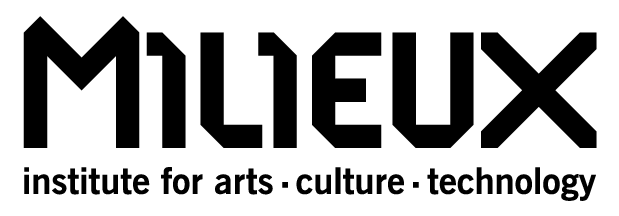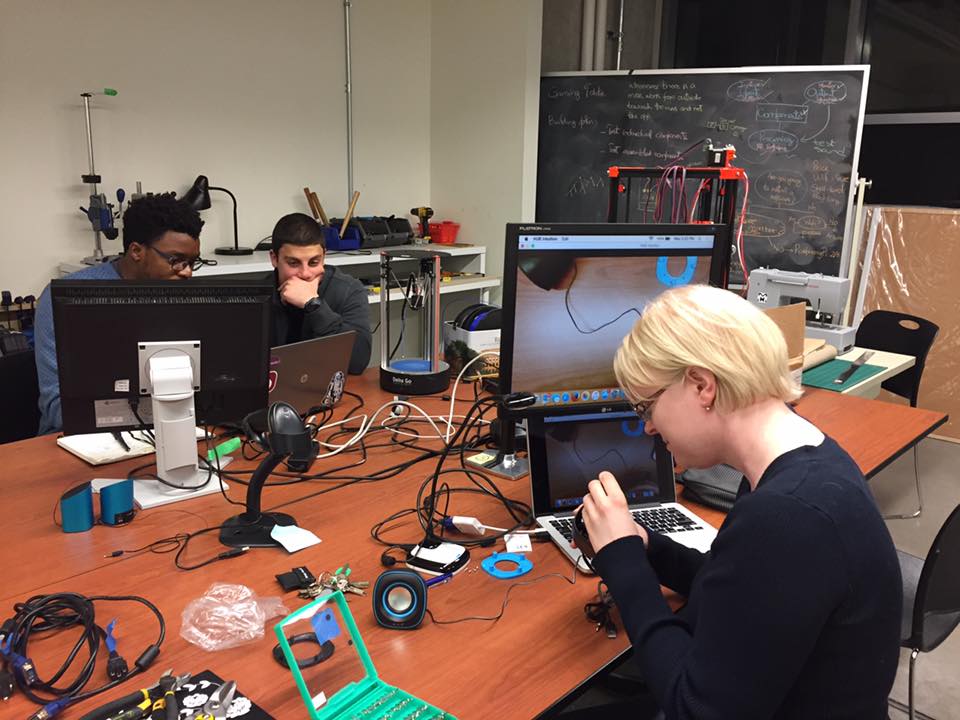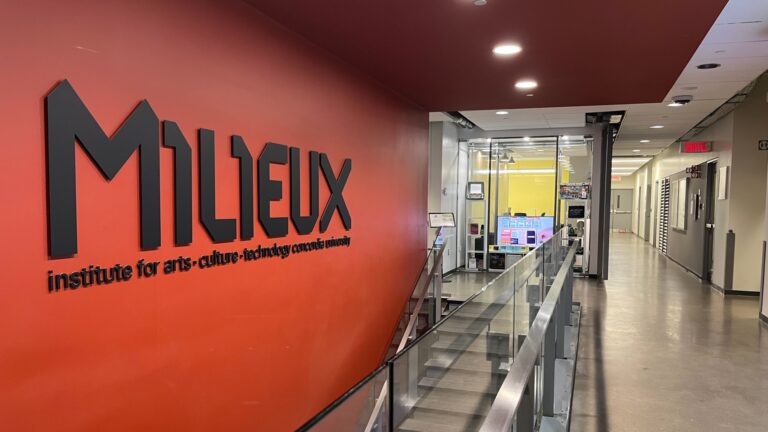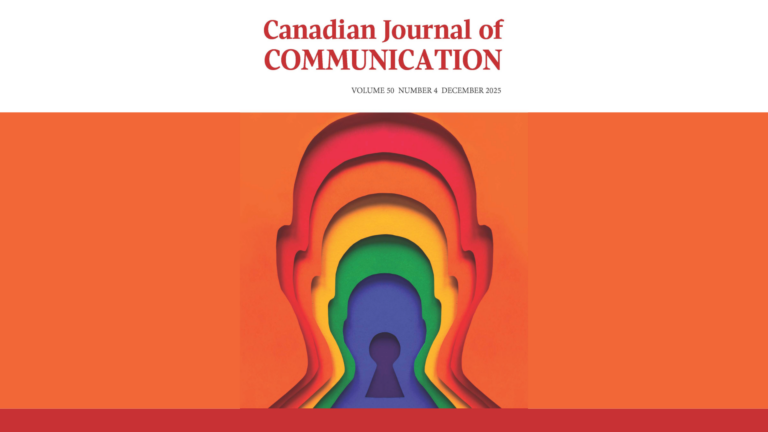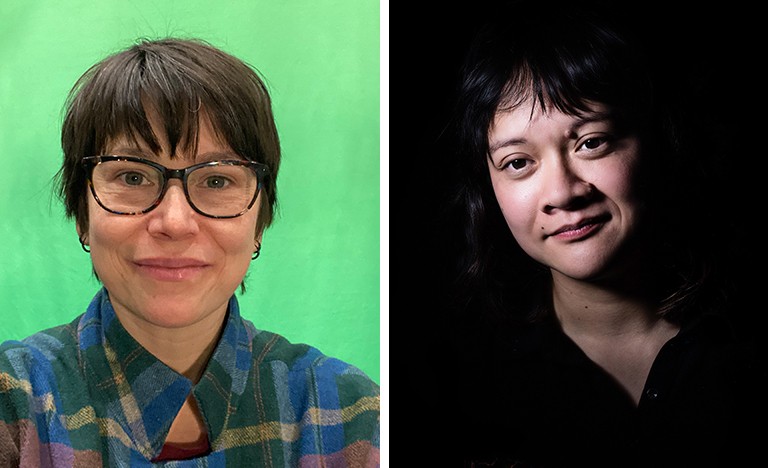What is the invisible glue that holds a research institute together? Money for projects, certainly, committed researchers, workspaces — Milieux has all of these in spades. But our strongest glue might be made up of things — the objects we make, consider, problematize and take apart. All of our research clusters are, in one way or another, coming together around objects.
Nowhere is this more explicit than in Milieux’s new Maker Space (EV10.825), which has been up and running since October. The space is a treasure trove for aspiring makers: there are five open source 3D printers along with a variety of hand tools, a sewing machine, a soldering station, programming stations for Raspberry Pi and various microcontrollers and electronics, and projection equipment.
Practical Making
Ann-Louise Davidson, Milieux’s Associate Director and the Concordia University Research Chair in Maker Culture, can often be found in the space this term, leading maker jams with her new group Education Makers, fine-tuning the 3D printers, and working with Milieux members from across disciplines who use the space on a drop-in basis. Her main focus lately has been on using the 3D printers as pedagogical tools — the process of learning how to use them in useful ways can be as rewarding as the finished product.
“What I’m trying to do is work on practical making,” says Davidson. “It’s asking, can we use these machines, these disruptive technologies, to improve our daily lives?” That outcome can range from something very simple — say, designing an extra-large soap dish that drains properly — to very complex, like building a child’s prosthetic limb in a material light enough to enable it to be used while swimming.
As a member of the Department of Education, Davidson develops methods for using 3D printers in classrooms as tools for empowerment. Her Education Makers group uses the space to develop expertise on how to help educators outside the university engage with maker culture. “We got a small grant to start building a maker space at Maison des Jeunes de Cote Des Neiges,” said Davidson.
“We began working with a group of young people who really felt that success was not for them. We had them work on an arcade table challenge — it took 20 hours, seven sessions. And in the end, the reactions were amazing. They had never felt success like that. Kids who had told me, I’m a failure, I’m stupid. And afterward they’re saying, I have done something so special. I made this arcade table myself.”
An issue that informs Davidson’s work is what she calls “keychain syndrome.” In the past few years, school boards have received money for 3D printers, which often end up gathering dust in closets — “just like computers did in the 80s,” Davidson remarks. These printers often cost nearly $4,000, and educators tend to shy away from using them in the classroom — they’ve usually never used one themselves, and are nervous about the possibility of causing expensive damage. When an enterprising educator takes the initiative to learn about 3D printing, the first demo is usually making a keychain that spells out your name.
“People are proud of their keychains. The concept of taking a file, and turning it into an object — it’s a great achievement. But then other people are like, What the heck are you doing? You’re printing trinkets! We can buy that at the Dollarama! You’re bringing in all this great technology, and you’re printing keychains? This is the keychain syndrome.”
In Milieux’s Maker Space, the Education Makers are working to develop demos and projects that schools can engage with that produce more useful and dynamic results.
Critical Making
The Maker Space is intended to encompass uses across the wide spectrum of maker approaches. Back in October, the space was inaugurated by a week-long Critical Making workshop with Matt Ratto, director of the University of Toronto’s Semaphore Research Cluster. Throughout Critical Making Week, he reiterated to participants that they were not solving a problem, nor were they “making for others” — a far cry from Davidson’s work with the Education Makers.
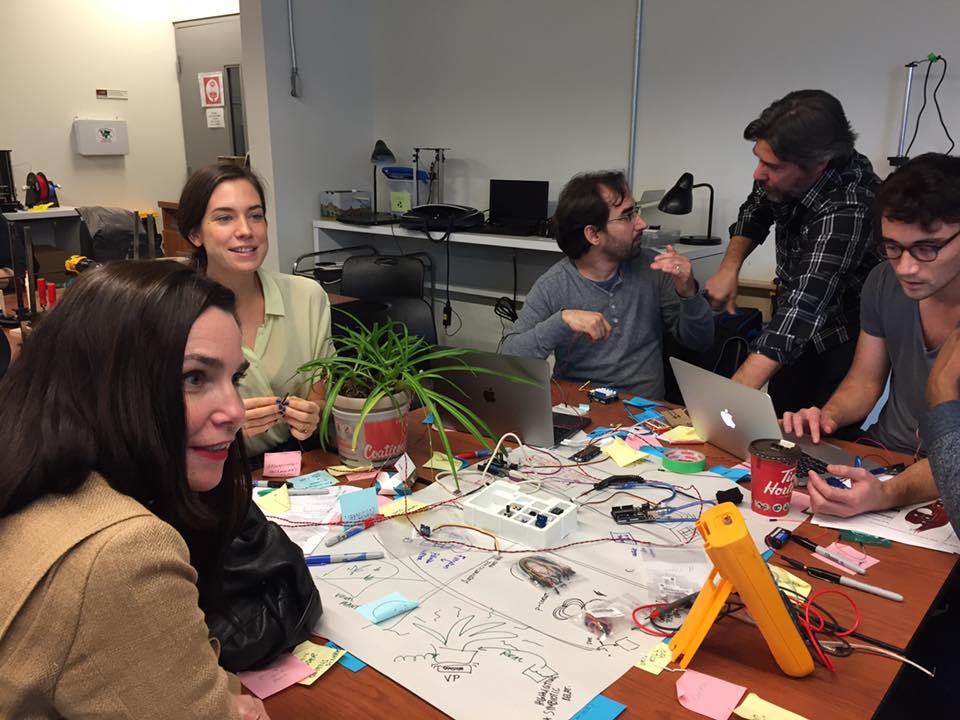
Ratto thinks of critical making as a conceptual resource. “How can making extend our conceptual understanding of technology? I moved to making as a way of deepening my understanding of the co-construction of our social and technical infrastructures.”
A crew of fifteen Milieux student members from across disciplines dug into the week’s theme of “The Qualified Self” by dreaming up and building objects meant to “make the unsensible sensible.” By week’s end, they had developed a gloriously odd trio of devices: one that emits a distinct sound based on one’s individual gait; an illuminated frame with a color array that changes based on body sensor readings from the people looking through it; and a device designed to gently stimulate your house plants every time you urinate.
The Milieux maker space welcomes members interested in all dimensions of the maker spectrum, from practical to critical. And Davidson emphasizes that, unlike the 3D printers in public school closets across the country, the Space’s printers are open source and eminently fixable. “The whole purpose of using these open source 3D printers is allowing for accountability. If I break some part of the printer, it’s my responsibility to find a solution. And then it’s about learning to stick with it. I think the most expensive part you can break on one of these is fifty bucks.”
All Milieux members are invited to join an Education Makers maker jam (the schedule is posted on their website, here). Anyone who would like access to the space for a project should get in touch with Marc Beaulieu.
